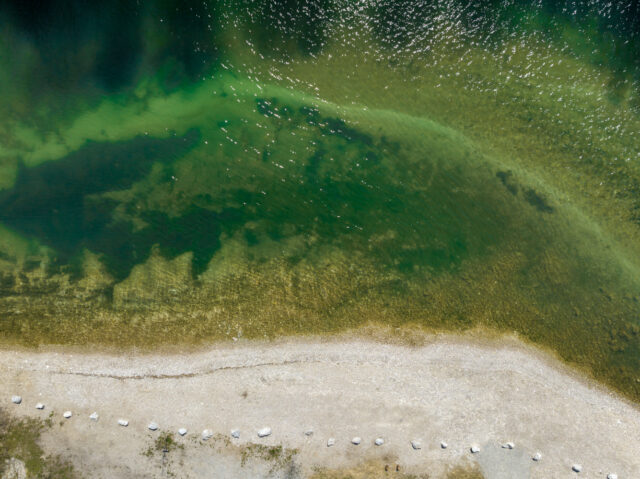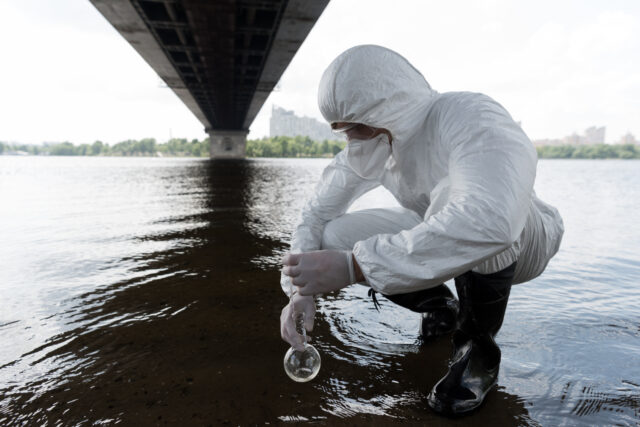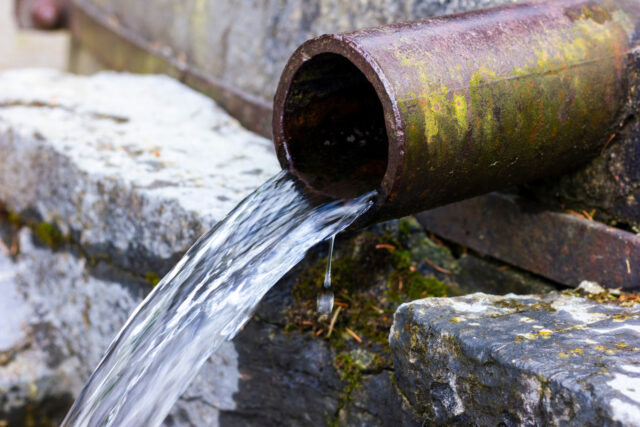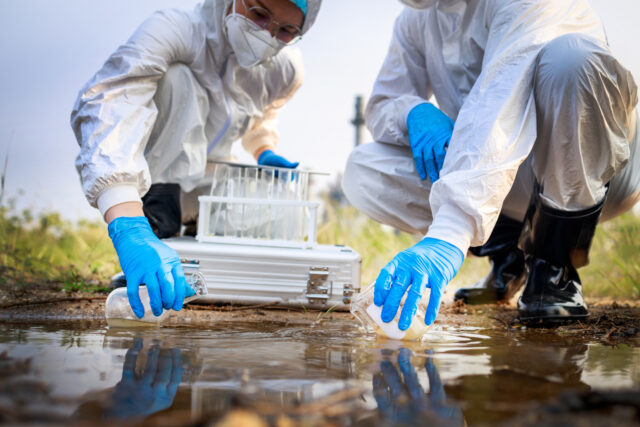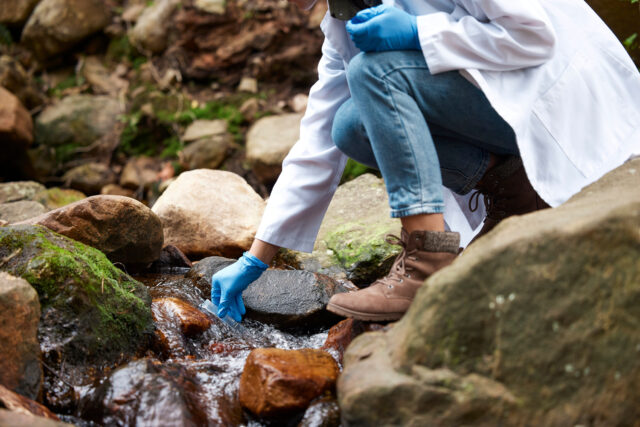AI Offers Promising New Weapon in Fight Against Harmful Algal Blooms
Water treatment professionals are on the front lines of a growing issue: toxic algal blooms, also known as HABs. These blooms, fueled by climate change and nutrient runoff, are becoming more frequent and severe. The good news? Artificial intelligence (AI) is emerging as a powerful tool for predicting and understanding HABs.
Researchers at Los Alamos National Laboratory are pioneering the use of AI models to analyze vast datasets on HABs. This data includes historical bloom occurrences, water conditions, and genetic information about the algae themselves. By identifying patterns in this complex data, AI can help predict HAB outbreaks before they occur.
What this means for water treatment professionals:
- Earlier warnings: With AI-powered forecasts, water treatment plants can be on high alert for HABs and take proactive measures to protect public health. This could involve increased monitoring, adjusting treatment processes to remove toxins, or issuing public advisories.
- Improved treatment strategies: A deeper understanding of HABs, facilitated by AI, can inform the development of more targeted treatment strategies. This could lead to more efficient removal of toxins and potentially lower treatment costs.
- Long-term planning: AI can help us understand the complex interplay between climate change, nutrient runoff, and HAB formation. This knowledge can guide long-term planning efforts to reduce HAB risks, such as improved agricultural practices to minimize nutrient runoff.
These algal blooms are complex, but AI offers a beacon of hope. By harnessing the power of this technology, water treatment professionals can be better equipped to safeguard clean water supplies for all.







